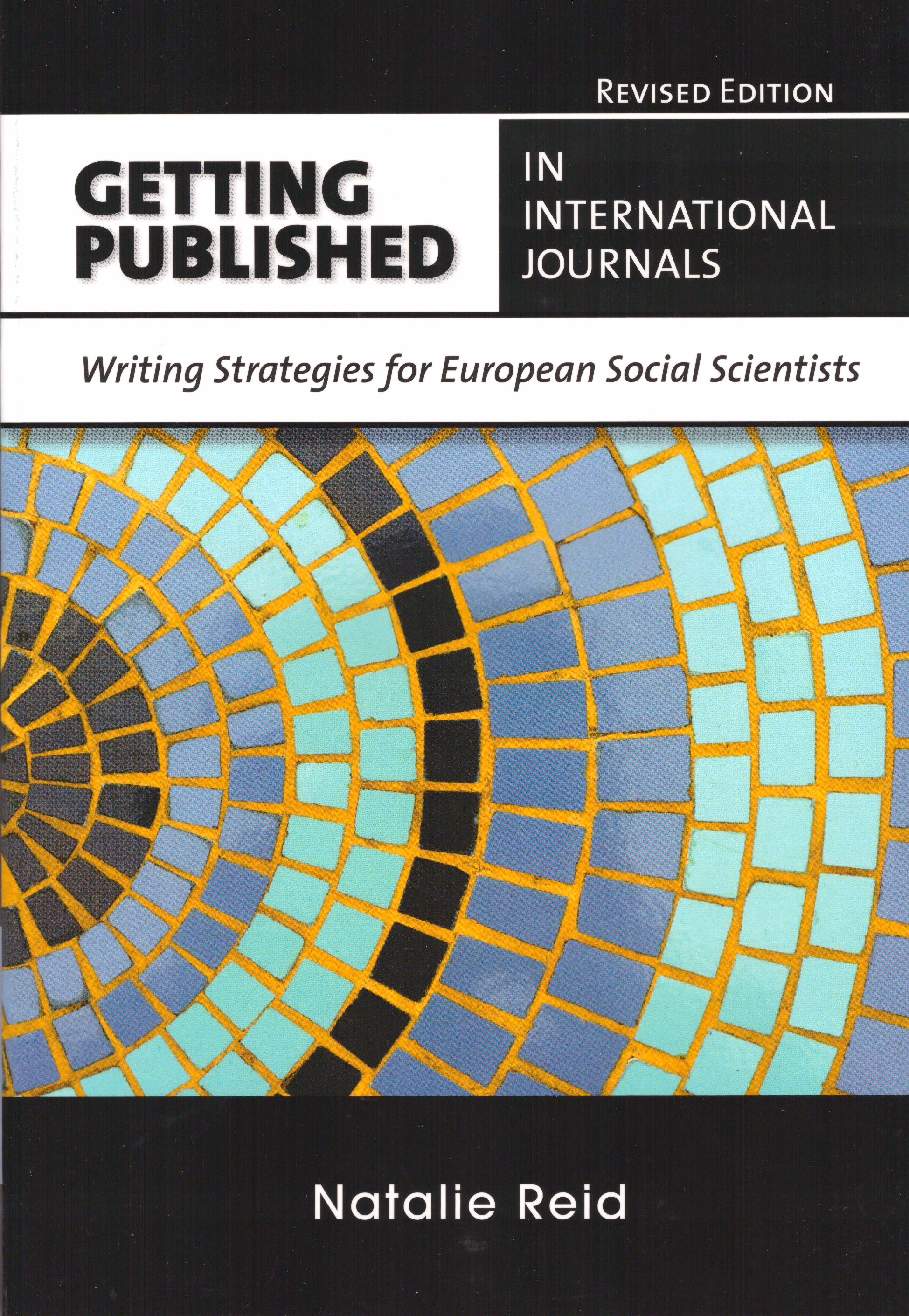| ISBN/EAN: | 9780692929957 |
|---|---|
| Sprache: | Englisch |
| Umfang: | 309 |
| Einband: | Paperback |
Natalie Reids Getting Published in International Journals behandelt die ungeschriebenen Regeln für das wissenschaftliche Schreiben in der englischen Sprache. Ob nun analytische, kontextuelle, strukturale oder stilistische Mittel. All diese werden in ihrem Buch aufgegriffen und bieten somit internationalen Akademikern die Möglichkeit mit Muttersprachlern in Konkurrenz zu treten. Die fünf vorgestellten Strategien helfen dem Leser mit großer Genauigkeit und zahlreichen Beispielen, gute englisch sprachige Werke zu verfassen und einen Platz im internationalen wissenschaftlichen Feld zu erlangen. Getting Published in International Journals behandelt ein sehr weitläufiges Feld. Von grammatikalischer und stilistischer Hilfestellung, bis hin zu den Unterschieden zwischen amerikanischem und britischem Englisch, wird das Wichtigste aufgegriffen.
Getting Published in International Journals ist auf „European social scientists“ abgestimmt. Damit sind vor allem die Bereiche der Wirtschaft, Anthropologie, Politikwissenschaften, Soziologie oder Ethnologie gemeint. Aber auch für eine Vielzahl an andere Fachbereiche ist das Buch interessant und hilfreich. Ob nun für Studenten oder Professoren, Mutter-, Fremd- oder Zweitsprachler. Durch die Vielzahl der Ratschläge ist für jeden etwas dabei.
Natalie Reid unterrichtet seit über 20 Jahren englisches Schreiben in Europa, Japan und den USA. Großen Einfluss auf Getting Published in International Journals hatten vor allem ihre zwei akademischen Kurse Academic Writing und Journal Analysis. Ihre Theorie der „contrastive rhetoric“ beschreibt, dass jede sprachliche Gemeinschaft die Realität auf eine andere Art und Weise war nimmt und wiedergibt, sowie auch ein unterschiedliches Verständnis für die Verpflichtungen des Lesers und des Verfassers hat. Anhand dieser Theorie zeigt Reid die häufig vorkommenden Fehler, die entstehen, wenn Fremdsprachler versuchen mit den Regeln ihrer eigenen Muttersprache Texte für englische Veröffentlichungen zu schreiben. Die ursprüngliche Version des Buches sollte den Prozess des akademischen Schreibens verständlicher und zugänglicher für ihre Schüler und Kunden machen. Die überarbeitete zweite Ausgabe von 2018 dient als Hilfestellung für eine noch größere Anzahl an Menschen, deren Ziele internationale und englische Veröffentlichungen sind.
Getting Published in International Journals gives its readers the analytical, contextual, and structural tools—along with stylistic tricks of the trade—for achieving their publication goals. It reveals the unwritten rules of English academic rhetoric and discusses them within the context of the different and unconscious expectations accorded both readers and writers within the English linguistic community.
These strategies help the writer to recognize and work with linguistic and organizational cues not readily apparent to the untrained eye. In great detail and with numerous examples, the book explains the importance of absolute clarity and Aristotelian argumentation in English academic writing, and gives its readers the grammatical and stylistic tricks of the trade for achieving their publication goals.
Getting Published in International Journals functions as both a textbook and a reference work. Its contents cover everything from the grammar rules necessary for the creation of clear sentences to the differences between American and British English (i.e., vocabulary, punctuation, spelling, and grammar)—and from how to analyze models of academic abstracts to how to create a successful "revise and resubmit" letter. She wrote this revised edition to offer a wealth of new information, particularly in the two areas with which her students and readers tend most to struggle: Anglo-American argumentation and the linguistic and organizational analysis of their target journal.


